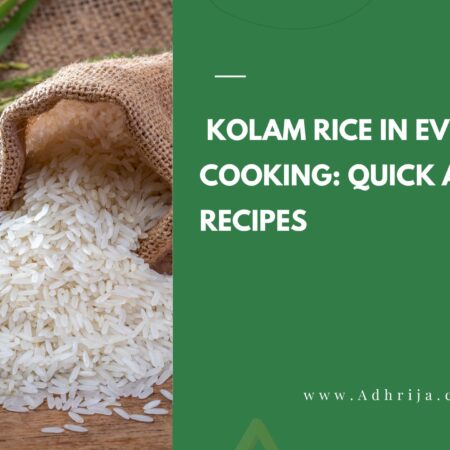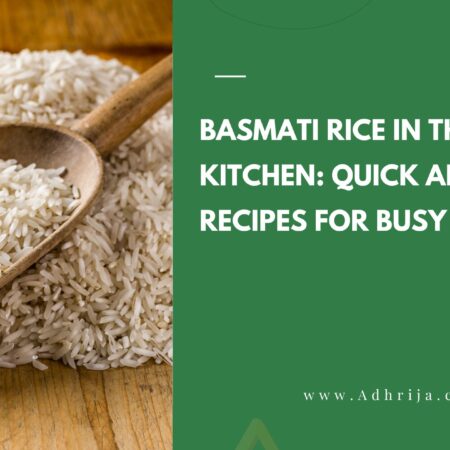
Introduction to Basmati Rice
Basmati rice, a fragrant and long-grain variety of rice, has been a staple in Indian cuisine for centuries. Its unique aroma, delicate flavor, and fluffy texture have made it a favorite among food enthusiasts around the world. But apart from its culinary appeal, it is also offers a host of health benefits that can help improve your overall well-being. In this article, we will delve into the nutritional benefits of basmati rice, specifically its role in managing blood sugar levels for individuals with diabetes. We will also explore mouthwatering recipes that incorporate this diabetic-friendly grain, making it easy for you to elevate your health and enjoy delicious meals.
Nutritional benefits of Basmati Rice
This rice is not just a delicious addition to your meals; it is also packed with essential nutrients that promote good health. This long-grain rice is a rich source of carbohydrates, providing a steady release of energy to keep you fueled throughout the day. It is low in fat and contains no cholesterol, making it a heart-healthy choice. It is also contains important minerals such as potassium, magnesium, and phosphorus, which are essential for maintaining healthy bodily functions.
Furthermore, this rice is a good source of fiber, which aids in digestion and helps regulate blood sugar levels. Its high fiber content slows down the absorption of carbohydrates, preventing spikes in blood glucose levels. This makes basmati rice an ideal choice for individuals with diabetes or those looking to manage their blood sugar levels. Incorporating this rice into your diet can provide you with the necessary nutrients while keeping your blood sugar in check.
Basmati Rice and diabetes: How it can help manage blood sugar levels
For individuals with diabetes, managing blood sugar levels is crucial for maintaining overall health. The glycemic index (GI) is a measure of how quickly a food raises blood glucose levels. Foods with a high GI can cause rapid spikes in blood sugar, while those with a low GI have a slower and more gradual impact. This rice has a low to medium GI, which means it is digested and absorbed more slowly, resulting in a slower rise in blood sugar levels.
The slow-digesting properties of basmati rice make it an ideal choice for individuals with diabetes. Consuming it can help prevent sudden spikes in blood sugar, providing a steady release of glucose into the bloodstream. This can aid in better blood sugar control and reduce the risk of complications associated with diabetes. However, portion control is still important, as consuming excessive amounts of any carbohydrate-rich food can lead to elevated blood sugar levels.
Recipes for a diabetic-friendly diet
Incorporating basmati rice into a diabetic-friendly diet does not mean compromising on taste. There are numerous mouthwatering recipes that make use of this versatile grain while keeping blood sugar levels in check. Here are a few delicious options:
Vegetable Biryani: This fragrant and flavorful dish combines basmati rice with a medley of colorful vegetables, aromatic spices, and herbs. It is a wholesome and satisfying meal that is low in fat and high in fiber. The slow release of glucose from basmati rice ensures that your blood sugar remains stable.
Lemon Rice: This tangy and refreshing dish is a perfect addition to your diabetic-friendly meal plan. It combines cooked basmati rice with lemon juice, curry leaves, and a hint of mustard seeds. The zesty flavors of lemon provide a burst of freshness, while the low GI of basmati rice helps regulate blood sugar levels.
These are just a few examples of the many delicious basmati rice recipes available. By exploring different flavors and ingredients, you can create a variety of dishes that are both diabetic-friendly and satisfying.







